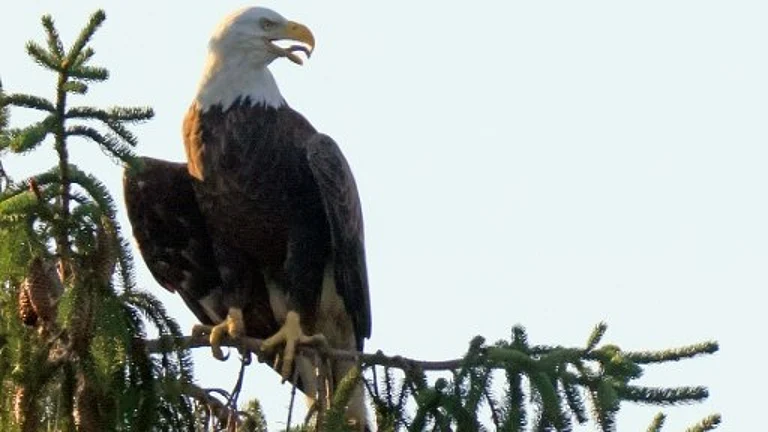A recent report by the North American Environmental Commission, a commission under the United States-Mexico-Canada Agreement (USMCA), has blamed Mexico for putting the vaquita porpoise at risk.
Mexico Is Pushing Rare Vaquita Porpoise Toward Extinction, Says Report
Mexico’s weak enforcement of fishing laws pushes rare vaquita porpoise closer to extinction
The report blames Mexico for not properly enforcing its own laws to protect wildlife and stop illegal trade which is pushing vaquita on the brink of extinction as only 10 of these animals are remaining in the world, according to the Commission.
Gillnets and Totoaba Trade
The report attributed the decline of the vaquita to being unintentionally caught in gilllnets which have been set to illegally catch totoaba fish. The totoaba is caught for its swim bladder, which is highly prized in East Asia.
The vaquita today is limited to a small area in the Gulf of California or the Sea of Cortez, an inlet of the Pacific Ocean between the Baja California peninsula and mainland Mexico, according to Down To Earth.
The report by the Commission also underscored how illegal gillnet fishing and totoaba trafficking continue unabated in the porpoise’s Upper Gulf of California refuge, according to US non-profit Center for Biological Diversity.
Weak Enforcement and Loopholes
According to the report, Mexico’s claims that it is taking enforcement actions are undermined or not supported by on-the-ground observations.
Although the use of gillnets in the VRA is banned under the 2020 Gillnets Order, interviews and eyewitness accounts, as per the report, confirmed that “fishing activities continue at the similar levels and with the same [gear] as before the restrictions.”
“The Secretariat also found that fishermen “elude” fishing bans in the vaquita habitat by sending their illegal catch to processors in other regions. Mexico has failed to provide sufficient information, the report said, leaving central enforcement questions unanswered,” the statement by the Center said.
It added that under a Compliance Action Plan adopted by the Convention on International Trade in Endangered Species of Wild Fauna and Flora, Mexico was required to expand vessel inspections, install satellite monitoring units on vessels, and develop alternative gear to replace gillnets.
“Little progress has been made, however. As of June, Mexican officials had fitted only 10 of the 850 promised satellite trackers to monitor small boats fishing in the Upper Gulf,” stated the report.
Experts urged the United States to “use every tool under the USMCA to hold Mexico accountable and stop the illegal fishing that’s pushing the vaquita over the edge” .
Indeed, the Center’s statement concluded that now that the report is public, the US, through its Office of the US Trade Representative, can use the information to further press Mexico to combat illegal fishing in ongoing USMCA consultations.
“If those negotiations stall, the office can escalate to a dispute panel, which can authorise import penalties until Mexico fully enforces the gillnet ban in vaquita habitat,” it added.
Despite vaquita population remaining critically low, a 2024 UNESCO report reaffirmed its “In Danger” listing and called for further law enforcement efforts, alongside increased surveillance and international cooperation to combat illegal poaching and trafficking.
Despite such calls, today, the vaquita continues to be listed as critically endangered on the IUCN Red List of Endangered Species.

